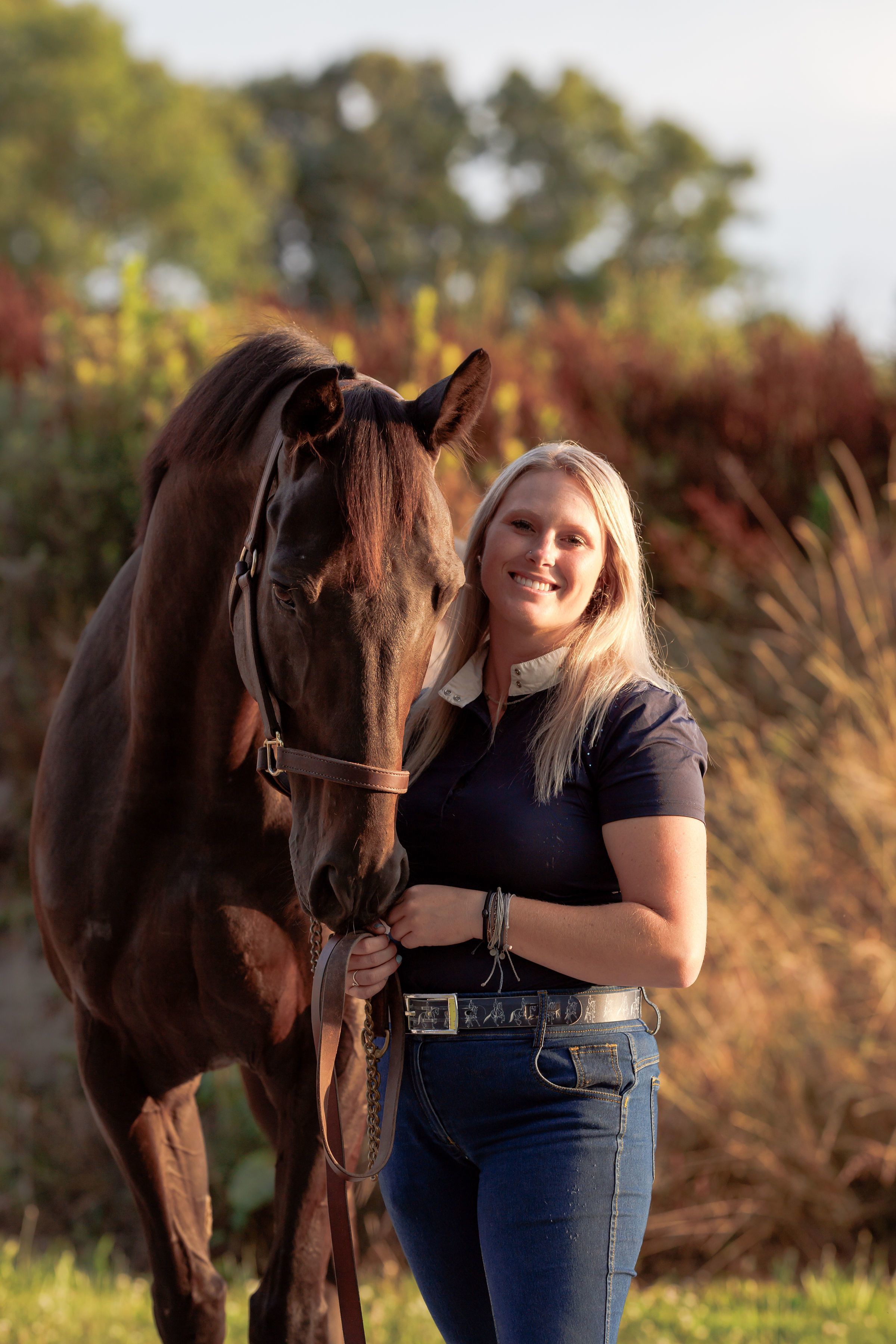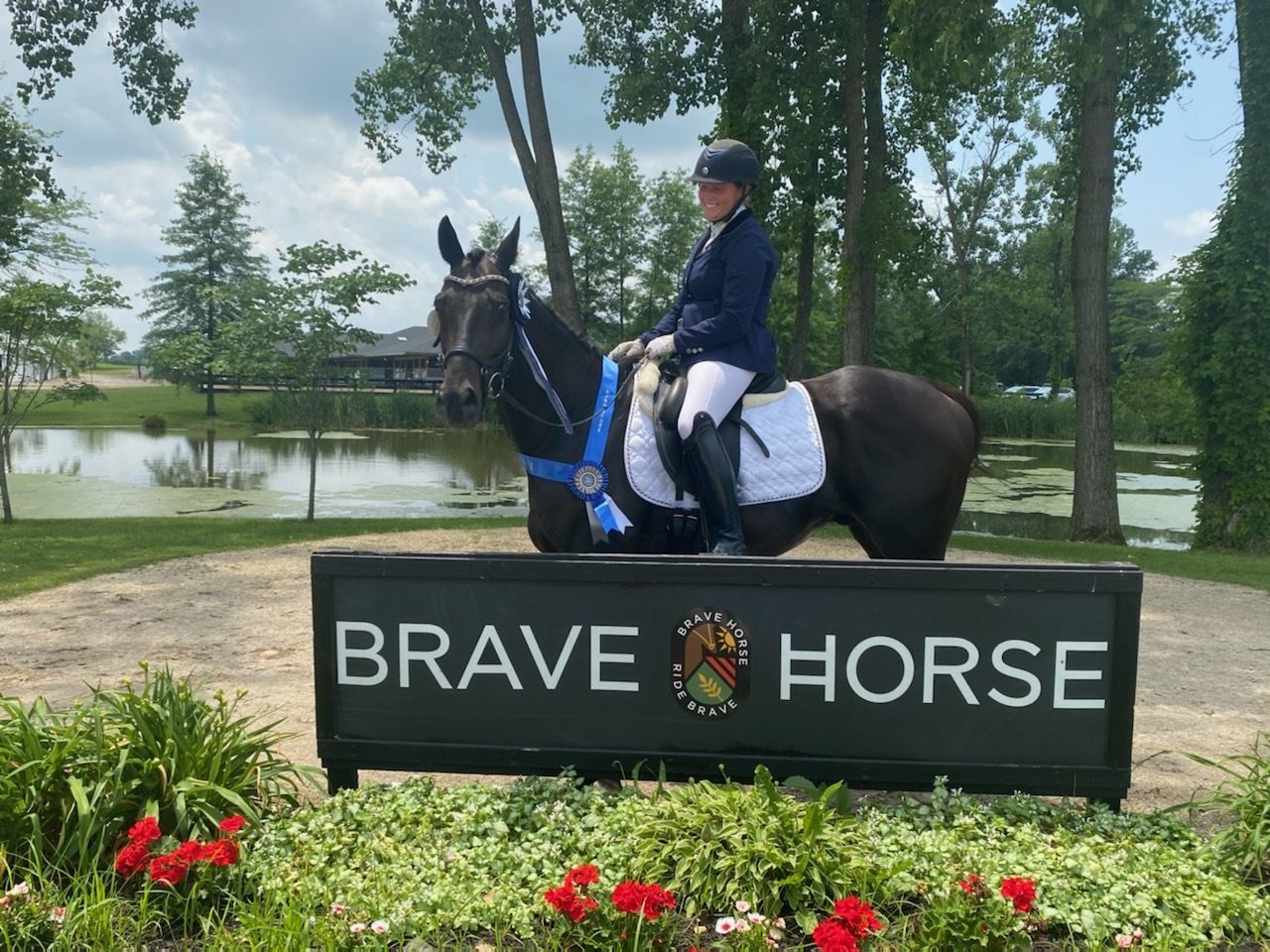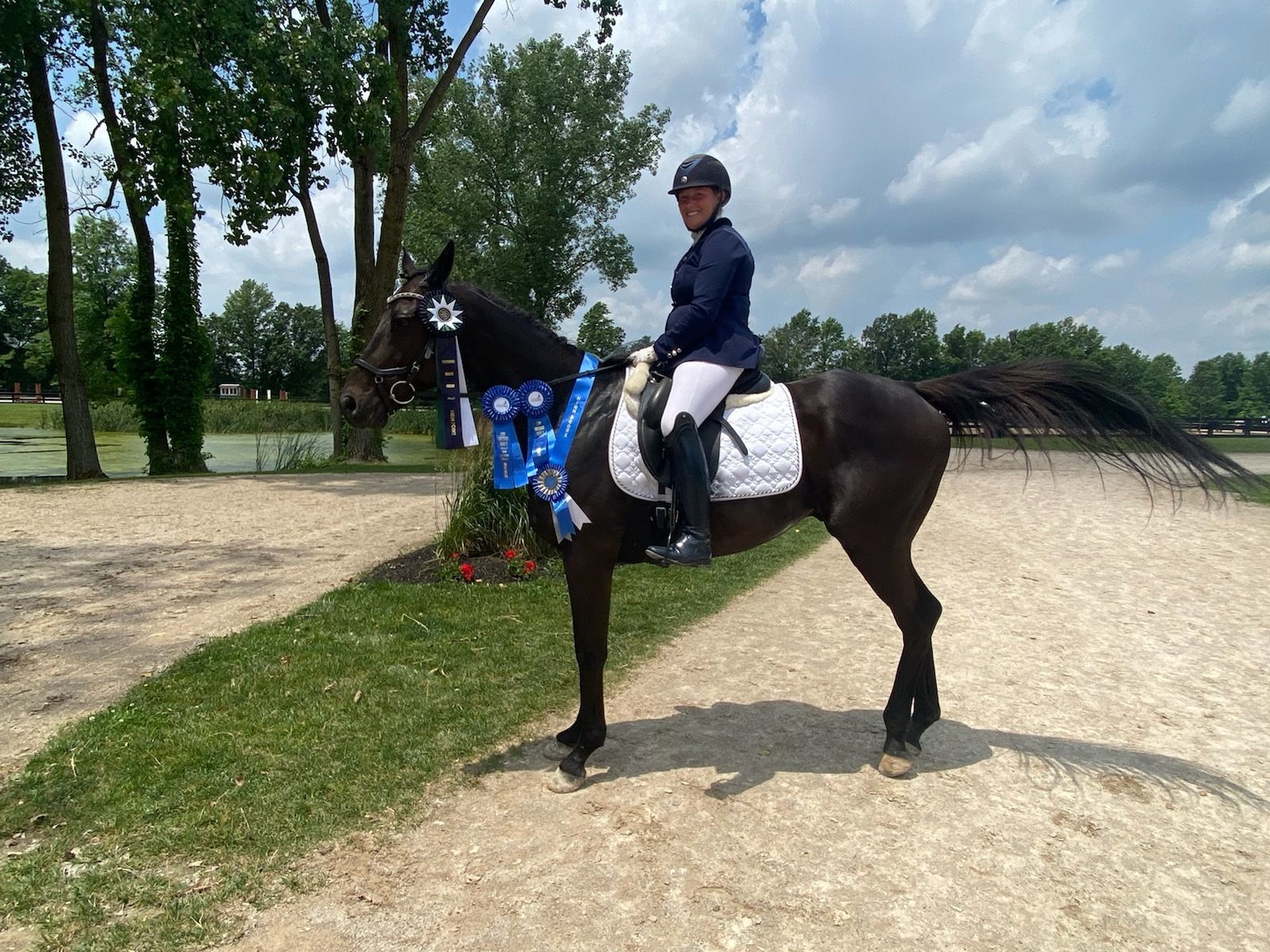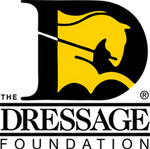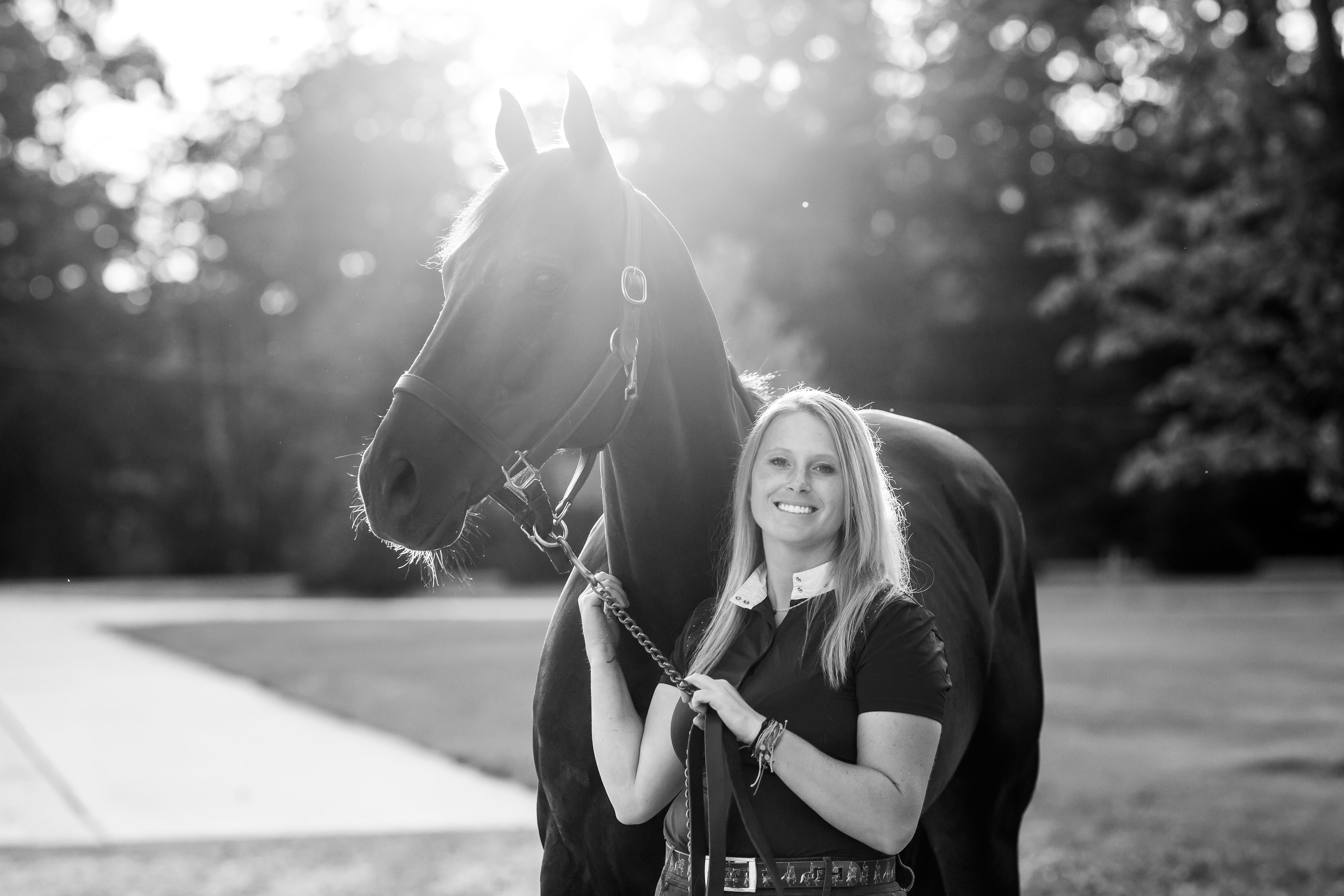
I used the Karen Skvarla Fund for Young Professionals grant to put my young horse into full training with Joanne White. I am beyond grateful for this opportunity because it helped me not only better understand the process of bringing up a young horse, but to better identify their specific weaknesses and how to better them. I was able to take the ideas and exercises that I learned on my young off-the-track Thoroughbred, Sandlot Sam (Sam), and apply them to my other young horses that are in training right now. It was applicable across the board! Retraining an OTTB for dressage is extremely rewarding, especially when they have the desire to do flatwork! We realized how weak Sam was behind and spent our training sessions working on lateral work and collection. We also worked every day on pushing him out for stretching in between every movement, allowing him to extend his neck out and not get super curled up like some young horses like to do to evade using their backs. There were a few exercises that stuck out to me in general that I can use on all my horses to help build hind end strength:
1.) In the canter, allow the horse to stretch forward in a longer rein with contact, as you bring them up, elevate the poll and allow the shoulder to move forward. As you collect up you begin to spiral the horse into a smaller circle, once the hind end sits you allow the horse back out onto the larger circle and to stretch until they are strong enough to keep it on the circle for long periods of time. It took Sam about two weeks to properly maintain the small circle in collection without tension.
2.) In the trot, renvers up the centerline and circle the direction of the renvers in the middle. After the circle, leg yields the opposite way, and once you approach the wall stretch through the corner. This allows the horse to really come under themselves before the leg yield and then allows the back to relax in the stretch.
The biggest thing I have learned with young horses is that they cannot hold the movements like a schooled horse, so the constant stretches and breaks are what help them build the strength, so they do not learn evasions to get around the harder work! The canter walk transitions are still a work in progress, allowing his nose forward and to push through and into the transition instead of just stopping is what we are working on now. Doing the transition on a small circle or on a diagonal while leg yielding in the canter are exercises that I am currently working on to improve the canter transitions so that we can start to work on the changes.
The work I was able to get done during my training not only applied and has helped my other young horses, but has been a huge help for my students as well! All the hind end training has helped the more schooled horses become suppler in many exercises. It has also helped me identify where their horses are weaker and given me direction on areas to work on for them. Being able to watch other lessons being given to other people while in training helped train my eye for small things such as spine alignment in a rider and where their hips go during movements so I can catch little things like that quicker to help them have a more successful movement. I would say that the training paid off, at Sam’s first show of the season he received over 70 percent and won his class along with several OTTB awards at First Level! I am so excited to bring along a non-traditional breed and to be able to send the knowledge I have gained to others from this amazing opportunity!
